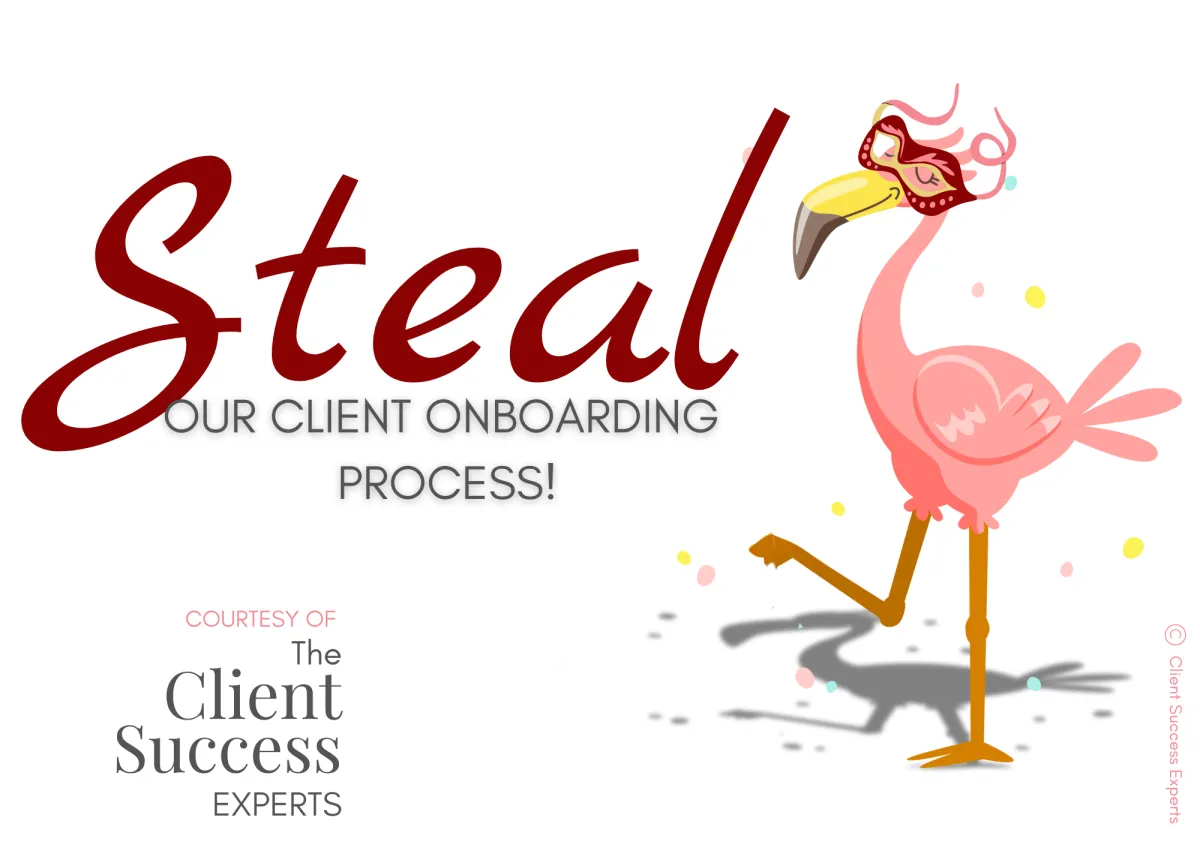Read the Blog!

Flamingo Fix 020: Building Client Systems That Handle Client Urgency Without Breaking
Process or Panic? The Pink Flamingo Guide to Client Urgency
When your client needs something urgently out of sequence, most service providers face a false choice: rigidly follow the roadmap or abandon it entirely. Both are grey flamingo shortcuts that damage relationships and business results.
The pink alternative? Building adaptable processes by design.
The Cost of Grey Process Thinking
"My process is perfect" thinking leads to rigid adherence that damages client trust.
"The client is always right" thinking creates scope creep and eventual burnout.
"Process OR flexibility" thinking forces an unnecessary choice that undermines your expertise.
This pattern creates real costs: hours spent damage-controlling disappointed clients or scrambling to meet unrealistic commitments. The deeper cost? Capping your business growth and never being fully present because you're constantly torn between structure and responsiveness.
The problem isn't your commitment to quality. It's that most service systems lack intelligent process flexibility from the start.
🦩Your 5-Minute Pink Process Rescue
Facing an urgent client request right now? Take 5 minutes for this mini-assessment:
"What specific deliverable does the client need immediately?"
"What would happen if we maintained our sequence?"
"What's the minimum adjustment possible with no impact?"
"If there are scope/budget/timeline impacts, what exactly?"
This quick assessment transforms emotional reactions into rational decisions. Better yet, schedule a 15-minute "awareness conversation" with your client to discuss these questions. This conversation often reveals creative solutions that honor both structure and urgency.
🦩Building A Pink System That Flexes Without Breaking
Your sustainable solution requires:
Step 1: Design a flexible client/project journey
Map out your process: Lay out the actions, resources and deliverables it would take to get results. Keep it simple, clear. Consider the roles, needs, and responsibilities of you, your clients, and your team.
Organize your process into clear phases: Preboarding, onboarding, planning, execution, etc.
Document explicit dependencies between deliverables so you know what can be resequenced without impact. This is how you uncover the cost implications (time, quality, budget, human resources) of moving elements forward or back
Create strategic time buffers (our clients love this time estimation formula!)
Step 2: Implement simple change management
Create a structured change request process that assesses impact: benefits, risks, and costs. (A change request form template is available in Flamingoville).
Review change requests collaboratively with clients to get approval or rejection.
If the change is rejected, continue as planned. If the change is approved, adjust accordingly.
This approach transforms "breaking process" into "leveraging built-in flexibility." The result? Informed decisions that honor both client priorities and project integrity.
🦩The Transformation Proof
When we implement these systems with clients, roughly 70% of "urgent" requests disappear once clients understand the true implications. Teams spend 60% less time on reactive work while delivering more value.
🦩Your Next Steps: End the Tightrope Walk
Your process should protect everyone from chaos. The Client Behavior Blueprint shows you how to create systems clients naturally want to follow, eliminating the false choice between rigid adherence and constant accommodation.
For just $99, discover why urgent client requests follow predictable patterns and how to design experiences that prevent them while maintaining flexibility for genuine emergencies: End the Tightrope Walk →
OTHER OPTIONS:
1. Book a Curiosity Call today. We'd love to know what's going on with you. Let's collaboratively determine how best to help you design scalable sales, client fulfillment, and leadership processes that protect you and your business from you in your people-pleasing "grey" moments and honor people, process and profit. Schedule Your Call →
2. Get posts like this straight in your email. Subscribe to Pink Flamingo Fix →
Real expertise isn't following a roadmap perfectly—it's knowing when and how to adapt the map.




